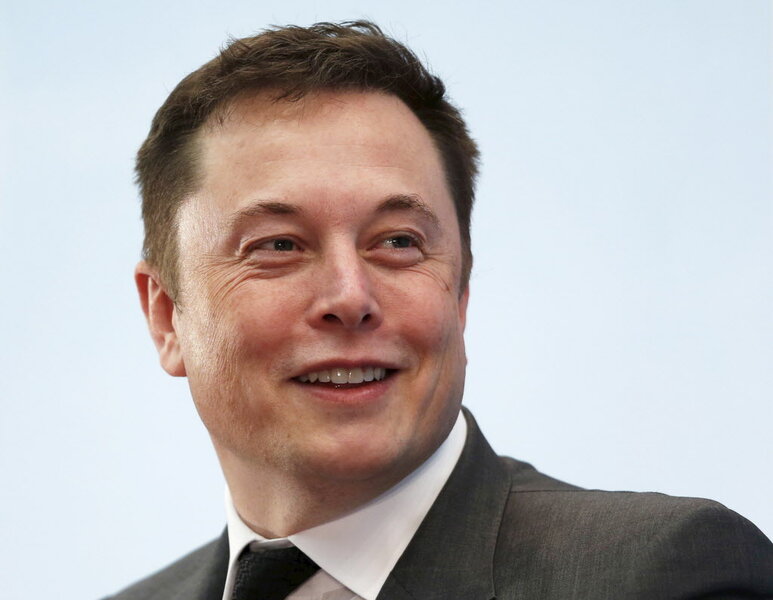Elon Musk vs Warren Buffett: how two titans see carbon-free electricity
Loading...
There's an energy battle brewing in Nevada.
The Silver State is witnessing a fight between two energy companies promoting different visions of energy policy, led by two very public features.
On one side is electric utility NV Energy, owned by billionaire Warren Buffett.
On the other is SolarCity, the solar-power company owned by Tesla CEO Elon Musk.
The two companies and their wealthy leaders are now actively clashing over the implementation of solar power in Nevada, as a recent report by the Las Vegas Sun News shows.
Both Musk and Buffett believe their methods—decentralized generation through rooftop solar panels for the former, traditional grid infrastructure for the latter—are the best way to bring carbon-free electricity to consumers.
NV Energy recently won a crucial skirmish when regulators decided to cut incentives for homeowners with rooftop solar panels.
Nevada's utilities commission introduced a new scheme where, over 12 years, it will triple a current fee for solar customers.
It will also decrease the value of credits consumers earn for selling excess power back to NV Energy, a process called net metering.
SolarCity is now funding an effort to reverse the utility commission's decision through an "alliance" with more than 100,000 members, reports the Sun News.
Separately, Tesla is backing a Nevada ballot initiative to end NV Energy's monopoly in the state.
At the moment, though, Solar City isn't installing new solar-panel arrays in Nevada.
For its part, NV Energy believes it can deliver solar power more cheaply through its grid than a decentralized network of rooftop panels can manage.
Under the previous incentive program, NV Energy paid customers 11 cents per kilowatt-hour for excess electricity—the amount it typically charges residential customers for power.
But Buffet has said NV Energy could buy power from large-scale solar plants for as little as 4.5 cents per kWh.
SolarCity CEO Lyndon Rive disputed that figure, claiming that because NV Energy is currently locked into long-term contractors that were negotiated when solar was more expensive, it regularly pays around 13 cents per kWh.
The lower figure also doesn't take into account the cost of transmission, Rive said. Power from large plants must be transmitted over greater distances than home solar, he said.
At the moment, NV Energy also relies more on fossil fuels than renewable energy to generate power for Nevada.
It may have lost the regulatory battle, but SolarCity has a potential weapon even utility companies are concerned about.
It's the line of home energy-storage battery packs made at Tesla's "Gigafactory" just outside Reno, and marketed under the Tesla Energy brand.
The battery packs allow consumers to make more use of the power generated by their solar panels, lessening dependence on the grid.
A survey of 500 utility executives conducted by trade publication Utility Dive found that 65 percent believe their companies should invest more in energy storage.
Whether it's used by utilities or homeowners, an energy-storage system's ability to store solar power for later use could greatly increase the technology's attractiveness.
This article first appeared at GreenCarReports.







